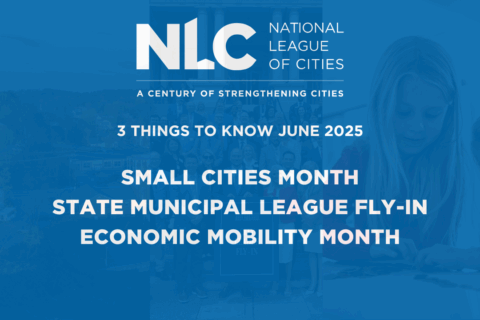Municipal governments continue to suffer economic hardships even as the worst-case scenario for state budgets have not been borne out. Calls to cut aid for local governments in America’s Rescue Plan are off base.
First, those against direct local aid point to the $130 billion of aid to public schools and $30 billion for transportation as local funding. This misses the mark about how local governments are suffering. Public schools are almost always independent of cities, run by independent school boards. The aid to public schools will not help municipalities that are suffering from decreased revenues and higher than expected unbudgeted expenditures. The same can be said for transit funding. This will not help replace the money lost in general revenue budgets.
Municipalities are facing a much more dire situation than is being reported in the media. They are confronting a massive FY20-21 revenue shortfall of $90 billion, which represents a steeper revenue decline than any recession in recent history, including the Great Recession. For those with year-over-year losses, the average revenue decline is estimated at 21%, with expenditures increasing 17%.
Second, an estimated 6,000 cities, towns and villages, or 29%, of the nation’s municipalities, did not receive any aid or funding from the CARES Act Coronavirus Relief Fund (CRF). While states are doing better than projected, the need for relief at the local level remains. Despite a new report out by the House Ways and Means Committee Republican staff stating that $46 billion of the CRF money remains unspent, states have already obligated the vast majority of those funds, meaning few new funds, if any, are expected to go to local governments.
Third, only 7% of cities that received CRF funds indicated that the funds adequately addressed their revenue shortfalls and unforeseen expenses. This continues to underscore the need to provide direct aid to cities. Ninety-three percent of municipalities continue to struggle with unbudgeted expenses and with revenue shortfalls.
Finally, 37% of cities indicated they cut their municipal workforce, including hiring freezes, wage holds, layoffs, furloughs, reduced hours or forced early retirement of municipal employees. January’s jobs numbers showed the economy adding jobs. But at the local level more than 13,000 were lost. And in December, that number was 32,000 local government jobs lost.
The need for relief is real and undeniable. Any attempt to shrink the package risks prolonging the recession and losing tens of thousands of municipal jobs.









